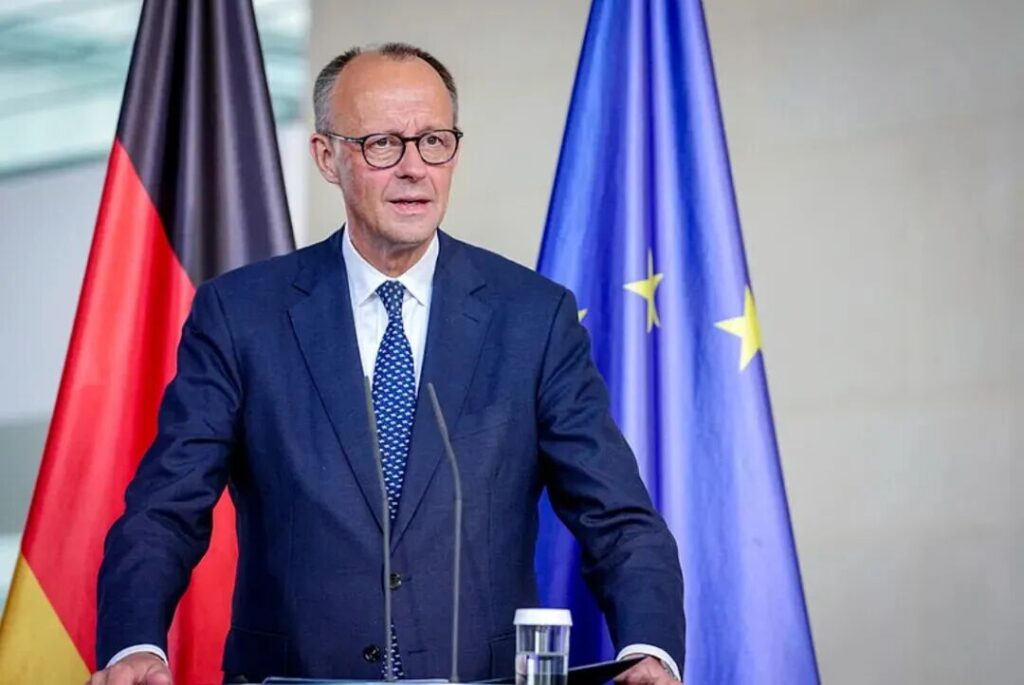Tariff policy: While the United States has reduced tariffs, Germany has instead increased import duties on Chinese goods.
According to the Financial Times, German Chancellor Merz publicly voiced his support for the EU’s proposal to raise import tariffs on Chinese steel products to 50% after holding a steel summit at the Chancellery.
After meeting with executives from Germany’s major steel companies, Merz stated:
“These proposals are a step in the right direction. I will fully support them and hope that they will ultimately lead to a reasonable regulatory framework.”

This sudden policy shift has not only shocked observers, but also poured cold water on the recent signs of easing relations between China and Germany.
Merz said, “Protecting our domestic steel industry brooks no delay.” He also stated that, in addition to raising tariffs on Chinese products, Germany should drastically cut the existing duty-free import quotas for steel.
In October, the European Commission announced a plan to double import tariffs on foreign steel — up to a maximum of 50% — while cutting duty-free import quotas by 47%.
This move is widely seen as drawing inspiration from the trade policies of U.S. President Donald Trump and is aimed at protecting Europe’s domestic steel industry from low-priced imports, particularly steel products from China.
Last month, German Foreign Minister Wadephul abruptly canceled his planned visit to China, citing the inability to arrange a sufficient number of meetings in China. Observers believe this signals rising tensions between the two sides over trade and security issues, and the move has also triggered widespread concern within German society.
On October 27, Wadephul attempted to clarify by saying that he had merely “postponed,” not canceled, his visit to China, and that he would speak with the Chinese side as soon as possible to reschedule the trip.
In recent years, Europe’s steel industry has been mired in multiple crises: energy costs that are two to four times higher than those of its trading partners, downstream demand that has declined for three consecutive years, and a capacity utilization rate of just 67%, far below the healthy benchmark of 80%. On top of this, U.S. tariffs have sharply reduced exports.
As Europe’s largest steel producer and the world’s seventh-largest, Germany has been hit particularly hard. Industry leaders such as Thyssenkrupp have seen orders plunge, factories in the Ruhr region are planning major layoffs, and the sector has lost a cumulative 90,000 jobs since 2008.
Industry analysts say that if the EU’s China-specific tariff measures are formally implemented, it will not only reshape global steel trade flows but also trigger chain reactions such as efforts by the U.K., the U.S., and other countries to form regional steel alliances. It may also intensify China-EU trade frictions and prompt more countries to follow suit with protectionist measures, further increasing the risk of fragmentation in global supply chains.
As the bellwether of EU industrial policy, Germany’s next steps—how it balances protecting its steel industry with managing cost pressures across downstream manufacturing—will be a key point to watch.





